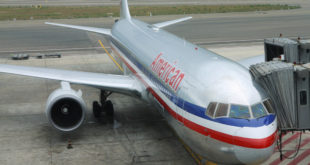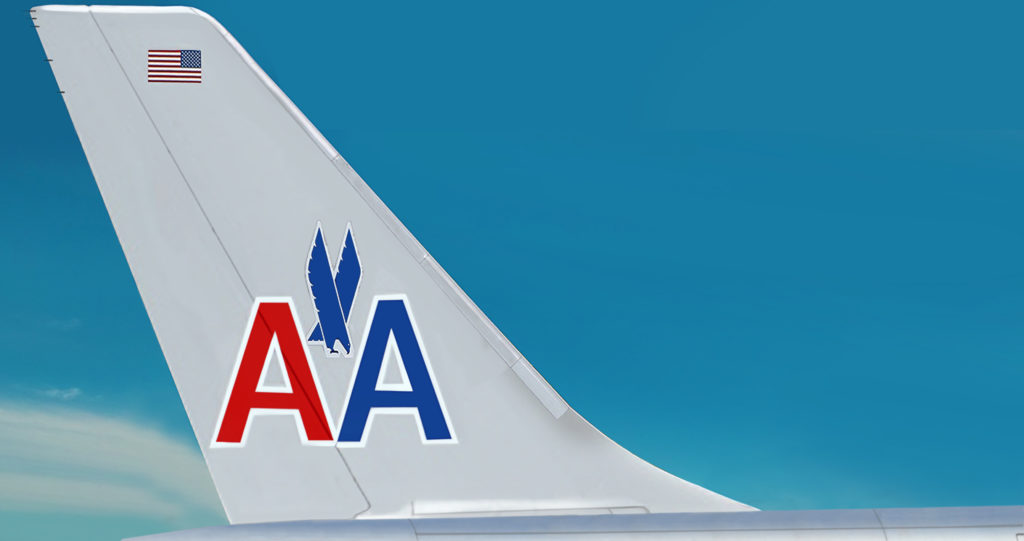Passengers on an American Airlines flight out of Palm Beach (PBI) to Philadelphia (PHL) had to evacuate after there was a leak. Â Initially, the airline believed the leak was a fuel leak, which is *bad*.
The crew of American Airlines Flight 1822 reported a leak, the FAA said, and passengers used emergency slides to get off the plane. The FAA didn’t disclose what kind of leak was reported. The flight was scheduled to fly to Philadelphia.
Passenger Eric Moore said the flight crew of the Airbus 320 thought it might be a fuel leak so they ordered an evacuation. He said people were not calm as they left the plane. He said he was told later that the leak was hydraulic fluid.
Passengers were taking buses to the terminal, the FAA said.
A fuel leak can result in a fire or even worse, a loss of too much fuel in flight.
So what can hydraulic fluid result in? Â According to SKYbrary:
hydraulic failure may or may not result in loss of some primary or secondary control surfaces. It may also result in the loss of the autopilot. Therefore, it is critical that the pilot flying (PF) maintain focus on the continued safe control of the aircraft. With multiple hydraulic system or component failures, control of the aircraft may be difficult. The extreme, but highly unlikely, case of a total loss of aircraft hydraulics could necessitate the non-standard use of engine thrust to maintain aircraft control.
It’s not quite as dire of a situation, but still something to be concerned about. Â Either way, I prefer caution in these situations versus putting passenger lives at risk.
 Le Chic Geek
Le Chic Geek




